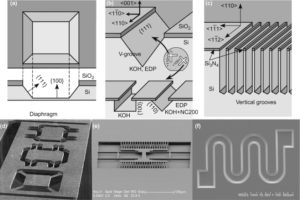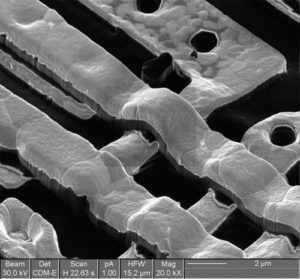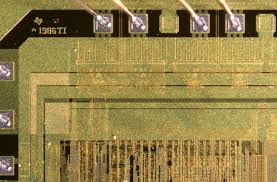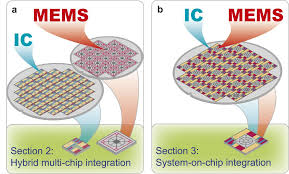Unlock Microcontroller ATMEGA324 Flash
Unlock Microcontroller ATMEGA324 can disable the securify locking system by dump the content out from its Flash memory and eeprom memory, the file format will be heximal which can be copied to blank Microcontroller for same functionality;
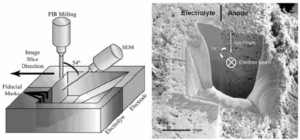
Unlock Microcontroller ATMEGA324 can disable the securify locking system by dump the content out from its Flash memory and eeprom memory, the file format will be heximal which can be copied to blank Microcontroller for same functionality
The device is shipped with internal RC oscillator at 8.0MHz and with the fuse CKDIV8 programmed, resulting in 1.0MHz system clock. The startup time is set to maximum and time-out period enabled. (CKSEL = “0010”, SUT = “10”, CKDIV8 = “0”). The default setting ensures that all users can make their desired clock source setting using any available programming interface.
Any clock source needs a sufficient VCC to start oscillating and a minimum number of oscillating cycles before it can be considered stable. To ensure sufficient VCC, the device issues an internal reset with a time-out delay (tTOUT) after the device reset is released by all other reset sources before unlock microcontroller pic18f2620 hex flash.
“On-chip Debug System” on page 56 describes the start conditions for the internal reset. The delay (tTOUT) is timed from the Watchdog Oscillator and the number of cycles in the delay is set by the SUTx and CKSELx fuse bits. The selectable delays are shown in Table 8 after unlock chip pic18f4525 bin.
The frequency of the Watchdog Oscillator is voltage dependent as shown in “ATMEGA324 Typical Characteristics – Preliminary Data” on page 381. Main purpose of the delay is to keep the AVR in reset until it is supplied with minimum Vcc. The delay will not monitor the actual voltage and it will be required to select a delay longer than the Vcc rise time. If this is not possible, an internal or external Brown-Out Detection circuit should be used. A BOD circuit will ensure sufficient Vcc before it releases the reset, and the time-out delay can be disabled.
Disabling the time-out delay without utilizing a Brown-Out Detection circuit is not recommended. The oscillator is required to oscillate for a minimum number of cycles before the clock is considered stable. An internal ripple counter monitors the oscillator output clock, and keeps the internal reset active for a given number of clock cycles before read mcu pic18f2585 hex.
The reset is then released and the device will start to execute. The recommended oscillator start-up time is dependent on the clock type, and varies from 6 cycles for an externally applied clock to 32K cycles for a low frequency crystal.
The start-up sequence for the clock includes both the time-out delay and the start-up time when the device starts up from reset. When starting up from Power-save or Power-down mode, Vcc is assumed to be at a sufficient level and only the start-up time is included.
Pins XTAL1 and XTAL2 are input and output, respectively, of an inverting amplifier which can be configured for use as an On-chip Oscillator, as shown in Figure 22. Either a quartz crystal or a ceramic resonator may be used.
This Crystal Oscillator is a low power oscillator, with reduced voltage swing on the XTAL2 output. It gives the lowest power consumption, but is not capable of driving other clock inputs, and may be more susceptible to noise in noisy environments. In these cases, refer to the “Full Swing Crystal Oscillator”.
C1 and C2 should always be equal for both crystals and resonators. The optimal value of the capacitors depends on the crystal or resonator in use, the amount of stray capacitance, and the electromagnetic noise of the environment. Some initial guidelines for choosing capacitors for use with crystals are given in Table 9. For ceramic resonators, the capacitor values given by the manufacturer should be used when read chip pic18f4585 hex.
Tags: unlock microcontroller archive,unlock microcontroller bin,unlock microcontroller code,unlock microcontroller content,unlock microcontroller data,unlock microcontroller eeprom,unlock microcontroller file,unlock microcontroller firmware,unlock microcontroller hex,unlock microcontroller information,unlock microcontroller memory,unlock microcontroller program


